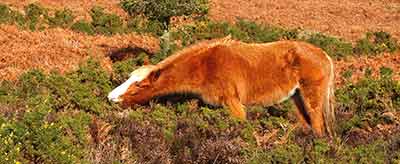New Forest Walks
Walking in the New Forest offers freedom and wide open spaces, for within the New Forest National Park can be found an impressive 235 kilometres (146 miles) of public footpaths; 57 kilometres (35 miles) of public bridleways; and 26,600 hectares (266 square kilometres or 103 square miles) of Crown land with open public access.
All provide tremendous opportunities for New Forest walks, and, of course, there's always a chance that around the next corner, deer or other wildlife will be present to captivate and entertain.
The walks
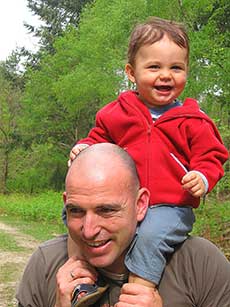
A great selection of New Forest walks is provided here - 42 in all, as follows:
• 3 - Beaulieu and East Boldre
• 1 - Boldre
• 4 - Brockenhurst
• 3 - Burley
• 6 - Coast
• 9 - Cycle routes
• 11 - Lyndhurst
• 2 - Millyford Bridge
• 3 - Off the beaten track
A number of the walks shown above pass by a pub. These are also grouped together here:
• 11 - New Forest pub walks
All the walks pass through richly varied landscapes, take in places of historic interest, and provide ample opportunities to see the local wildlife.
Many begin from a village centre, and most pass close to Forestry Commission or other car parks that provide alternative, mid-way start points.
There's a walk for everyone
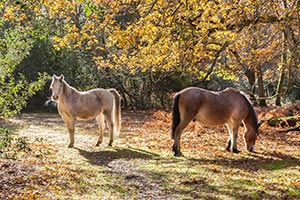
Some of the walks are fairly short, and are suitable for a quiet, evening stroll.
Others are longer and will take a number of hours to complete, but even on many of these, there are few significant hills and no stiles over which to climb.
In other words, there's a walk here to suit all levels of fitness, regardless of how much or how little time is available.
Enjoy the walks
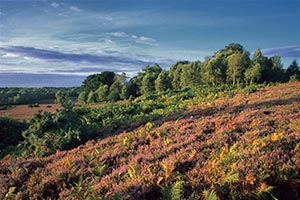
Full, walk directions and maps are included, but it is always advisable to carry an up-to-date copy of the Ordnance Survey map of the area – it's Explorer OL22 - on a phone, tablet or on paper, and maybe a compass, too, just in case the intended route is missed.
Access to a mobile phone can, in any case, be useful, although phone signal strength in the New Forest is at times variable.
For many of the walks, strong footwear is also necessary as, particularly after rain, some areas of the New Forest can be quite wet underfoot.
And do, please be kind and considerate to other New Forest walkers, cyclists and horse riders, and to the ponies and other creatures.
New Forest Tour bus
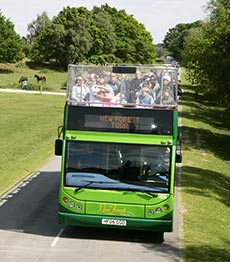
From late June to early / mid-September, walkers may wish to reach the start of their walk using the New Forest Tour Bus.
Great views of the New Forest National Park landscape are available, particularly from the top deck of the bus - look out for the ponies, donkeys, cattle and, maybe, deer relaxing as the world rushes by.
Dogs are allowed on-board and there are three great routes from which to choose - passengers can hop on and off wherever they like and catch the next Tour bus that comes along, or switch between routes, all on the same ticket.
Find out what each route has to offer and buy your tickets online - tour bus routes, times and fares.
For General do's and don'ts, information about Car parks and seasonal car park closures; and Cycle route and walking trail closures, follow the links to check out the Forestry England website.
Separately, Health Walks in and around the New Forest are co-ordinated by Community First New Forest. Walking for Health encourages people of all ages to join regular, short walks in their own communities. Led by a trained walk leader, the walks help boost the health of participants whilst also enabling them to enjoy local, natural spaces in the company of others - the social side of walking can be as important for well-being as the walk itself.
Quick links
More links
Search this site

